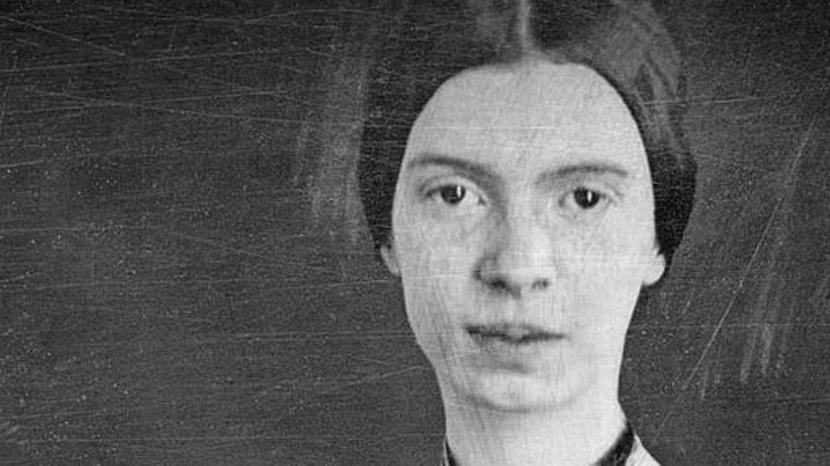Barber’s Toccata Festiva: A Celebratory Flourish for Organ and Orchestra
On a day in 1960, Mary Curtis Zimbalist phoned Eugene Ormandy, music director of the Philadelphia Orchestra, with exciting news. The wealthy patron and founder of Philadelphia’s Curtis Institute of Music had decided to provide the Academy of Music, the orchestra’s home at the time, with a pipe organ. Additionally, Zimbalist would commission Samuel Barber, the esteemed American composer who had enrolled in Curtis’ first class in 1924, to write a piece …







